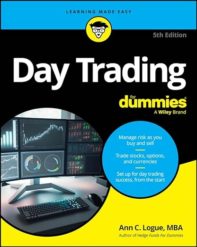 There’s an interesting new development in the endless search for yield: the Social Impact Bond. The idea is that the bond will finance a charitable program, and the investors will be repaid if the program hits its goals. There’s a lot of talk about it, although very few of these bonds have actually been issued, none in the United States.
There’s an interesting new development in the endless search for yield: the Social Impact Bond. The idea is that the bond will finance a charitable program, and the investors will be repaid if the program hits its goals. There’s a lot of talk about it, although very few of these bonds have actually been issued, none in the United States.
The usual model for charity is that government or private donors are asked to fund philanthropic efforts, and then the community (including taxpayers) will enjoy the savings. I’ve seen cost-benefit analysis on all types of programs – early childhood education, ex-offender re-entry programs, free flu shots – which show that the expenditures ultimately pay off, but that’s a hard sell when governments have no money. Also, a lot of charities aren’t efficient, and that tends to burn out private donors. A lot can’t specify tangible outcomes. They are doing good things, but just how good are they relative to the money expended?
The Social Impact Bond is designed to give programs adequate funding, especially working capital, with the interest payment tied to the results of the program. In many ways, it’s more like equity than debt. A key part of the value seems to be the work that the issuers and investors put into ensuring that the program is likely to succeed; the impact may come from that as much as anything.
Much of the work on developing these bonds has been done by the Rockefeller Foundation, which has an interest in effective philanthropy and in generating a return on its own assets.
The interesting conundrum in American life is this: we’re the richest country in the world, but we have a lot of poverty. We are the most developed capitalist economy on earth, but we haven’t been able to apply our capitalist skills to effective eleemosynary projects. Maybe the goals are inherently contradictory, or maybe we just haven’t figured it out. This may be a solution that supplements current government and charitable funds to get things done. In any event, it will be interesting to watch.


